
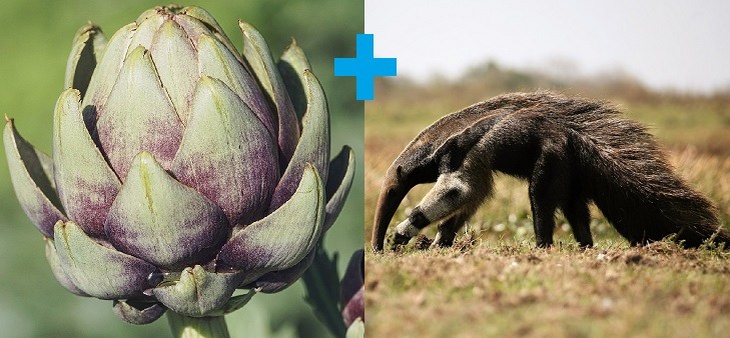
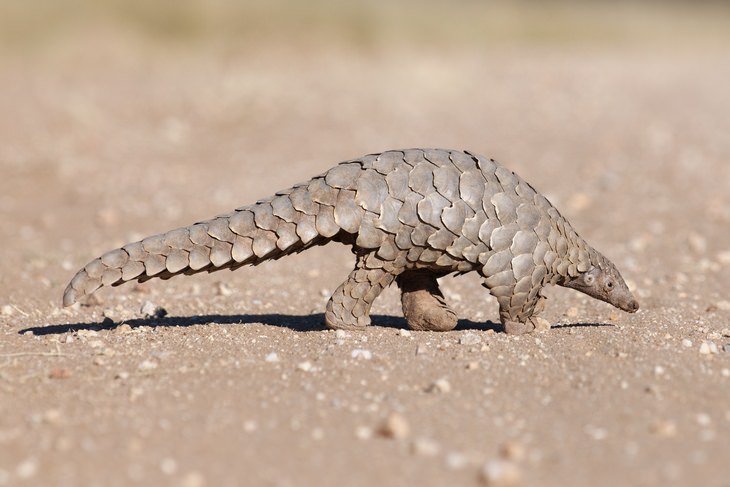
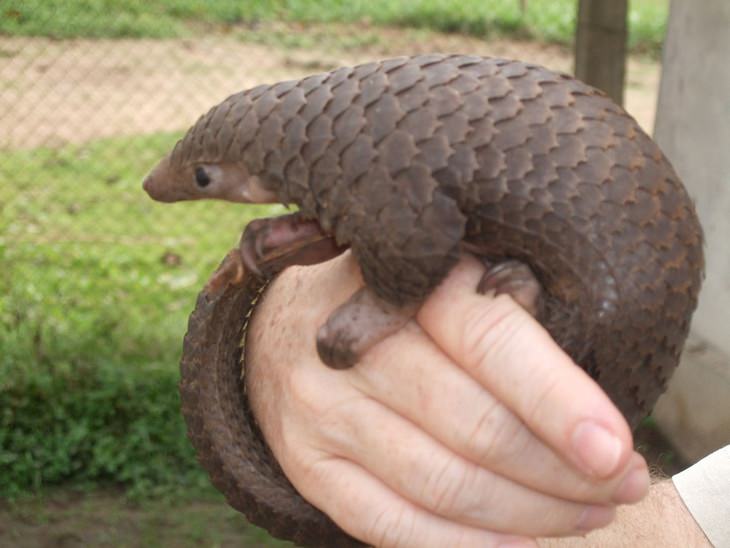 Source: Valerius Tygart
Source: Valerius Tygart Source: Stephencdickson
Source: Stephencdickson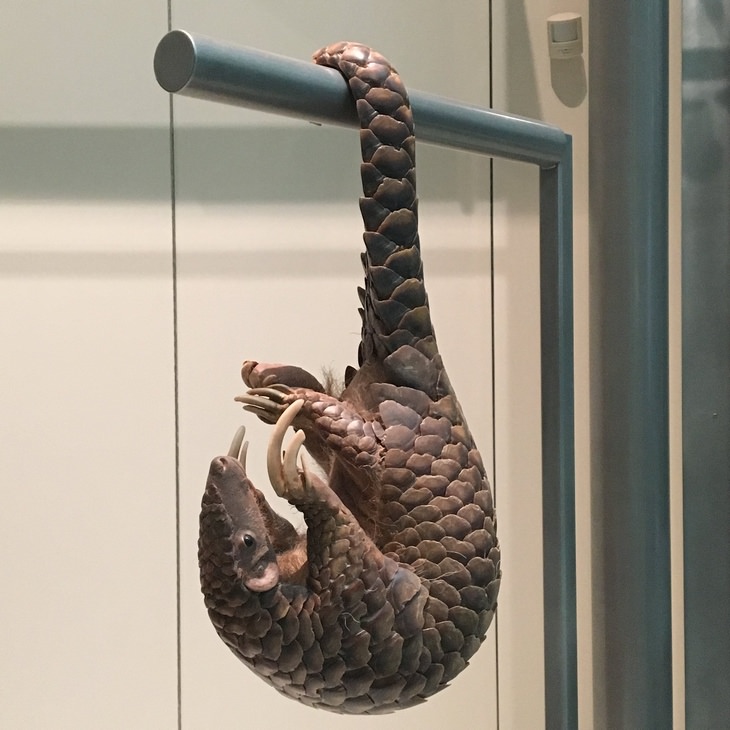 Source: Scott Edmunds
Source: Scott Edmunds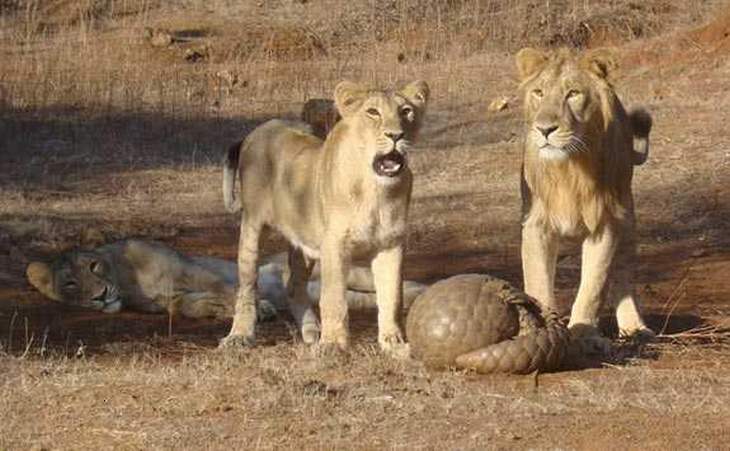 Source: Sandip Kumar
Source: Sandip Kumar
8 Reasons Otters Are the Most Adorable Animals on Earth
Everything you need to know about otters
 9:12
9:12
The Bigger, the CUTER! Meet the Biggest Cats in the World
Would you ever adopt a cat that's just as large as a dog? If so, you might be interested in the world's 10 largest cat breeds

These Fascinating Cat Facts Are Well Worth Sharing
You're definitely not a cat lover unless you know these 10 awesome facts about them!

These Animal Facts Are Both Adorable and Interesting
Twenty fascinating animal facts that we bet you never knew about!
 10:29
10:29
Funny Nature Facts: Deception in the Forest
What do animals use to fool others in the forest? Today we learn all about it - with humor!

Wow! This Made Me Want to Visit Japan
If Japan isn't on your travel list yet, it surely will be once you learn these cool facts!
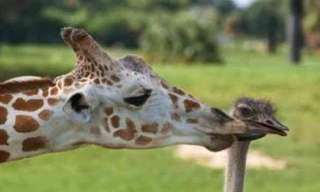
The Most Incredible Animal Friendships!
in reality, animals can sometimes remind us of childhood stories and tv programs - sometimes the unlikely friendships are indeed made by animals, and here's the proof:
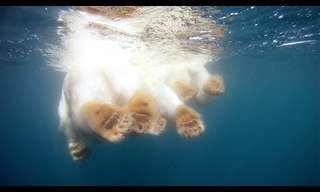 2:50
2:50
This Incredible Video Takes You Swimming With a Polar Bear
Go on a swim right next to one of the world's biggest apex predators.

Out of All the Chrysanthemums These Are the MOST Beautiful
Chrysanthemums are a beautiful flower, and there are so many different varieties of mums that come in all colors, sgapes and sizes

If You Want to See Some Breathtaking Beauty, Come In Here...
Check out the astonishing winning panoramic images from the 2023 EPSON International Pano Awards.

In Pictures: Bird Photographer of the Year 2023 Winners
Check out the stunning winners of the 2023 Bird Photographer of the Year contest.

The Land of Ice, Snow and Whimsical Nature in 19 Photos
Admire 19 picturesque photos of nature in one of the most whimsical and stunning place on the planet - Iceland.
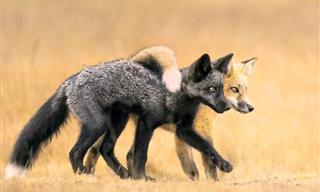
Meet the 2024 Nature Photographer of the Year Winners
Here are the incredible winners of the 2024 Nature Photographer of the Year awards.
 4:23
4:23
What Is Your Cat Trying to Tell You? Cat Sounds Explained
Cats are extremely intelligent pets and the sounds they make are their way of communicating, even if we don't always understand what they mean

This Flower Gets Its Name From the Animal It Resembles
These beautiful orchids are not man made, although they may seem like it to us.

Think You know the Grand Canyon? Check Out These 12 Facts
It’s one of the natural wonders of the world, and for good reason. Take a look at these 12 facts about the Grand Canyon you might have missed.
 3:17
3:17
Watch These Flowers Bloom in a Celebration of Color
This video brings out the most beautiful aspect of flowers in gorgeous detail and allows us to enjoy one of nature's most beautiful gifts - the blooming of flowers.
 19:18
19:18
5 Of the Most Remarkable Adaptations in the Natural World
This video looks at five animals who have some remarkable adaptation abilities for survival in the natural world.
 5:22
5:22
These Are the Best Animal Moments Ever Captured on Video
Get right into the mouth of the lion with this absolutely incredible compilation of animal videos.

Marvel at 14 of the Tallest Mountains in the World
There are fourteen mountains in the world that stand over 8000 meters (26,250 feet) tall. Known collectively as the 8000ers, these skyscraping peaks are very literally the top of the world.

When Nature’s Power Leaves Everyone Speechless (16 Pics)
When nature stopped people in their tracks...
 3:25
3:25
A Flower Timelapse That Will Brighten Up Your Day
In Bloom: A stunning video evolution of flowers opening
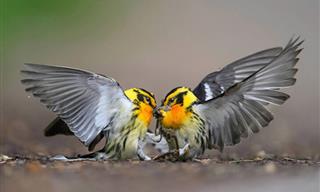
Spectacular Winners of the 2024 Audubon Photography Awards
Meet the spectacular winners of the 2024 Audubon Photography Awards.
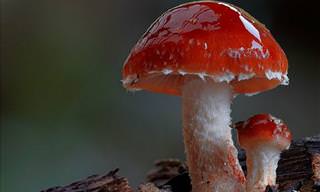
I Never Knew Mushrooms Could Be So Beautiful
Photographer Steve Axford captures some of the world's most fascinating mushrooms. Take a look.
 3:32
3:32
The Friendliest Dolphin You've Ever Seen...
Diving into the crystal clear waters with Jojo is to go on a super joyful and happy adventure!

The Following Deadly Beasts Are Not Man's Best Friends...
These 20 animals are responsible for killing the most humans each years. Some of these will definitely surprise you, have a look.
 28:12
28:12
A Deep Dive into the Biology of Great White Sharks
Great white sharks are marvels of nature.
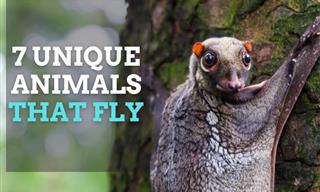
7 Surprising Animals That Have The Ability To ‘Fly’
Here's a look at some unique and surprising members of the animal kingdom that have developed the ability to fly through the air.
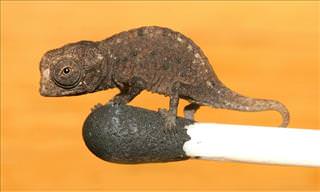
15 of the Smallest Animals to Inhabit the Earth!
Have you ever wondered what is the smallest animal in the world is? If you have, you’ve certainly come to the right place.
 3:13
3:13
Nature Is Amazing: African Wildlife Reveals its Beauty
Join us as we explore the beauty that is African wildlife.
 3:10
3:10
The Beauty of Flowers as You've Rarely Seen Them Before
Watch as these flowers, move, open and flourish in stunning colors.

I Bet You Never Thought Croatia Would be This Beautiful
Plitvice National Park has got to be one of the most beautiful places on earth. Don't believe us? These pictures will certainly make you believe us.
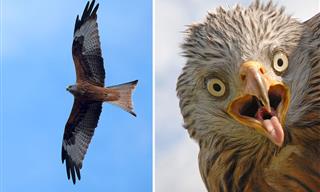
We Have Never Seen Majestic Birds Shot From This Angle!
Nature photographer Ruurd Jelle van der Laij has been documenting birds for years, and over time he caught a few very funny shots of magnificent birds
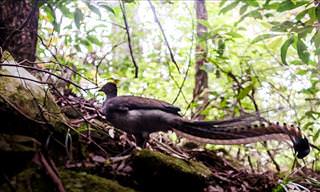 2:55
2:55
This Incredible Bird Can Make Any Sound it Likes!
This classic Attenborough scene is of the most amazing bird in the world. Just listen to the sound(s) it makes! Cover image by Vern / flickr

Lovely Garden Roses in An Unending Variety of Nice Colors!
Numerous different cultivars and hybrids of roses have been bred and grown over the decades to give you the perfect rose garden.

Keep Your Bouquet Fresh for 3 Weeks with These Handy Tips
Bouquets may not last long, but you can increase their lifespan by 3 weeks with these handy tips.

8 Members of the Animal World Who Thrive In Their Solitude
Here's a look at some of the most interesting solitary animals in the world who thrive in their solitude.
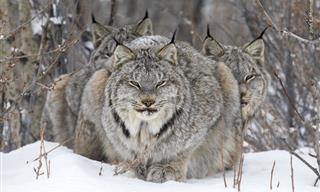
Gallery: Wildlife Photographer of the Year 2024 Winners
Check out the outstanding images from the Wildlife Photographer of the Year 2024.
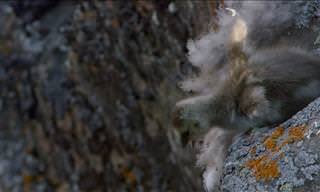 2:14
2:14
A Heart-In-Mouth Video About a Chick's Fight To Survive
The adaptations of nature are truly incredible. Barnacle goose chicks have to leap off cliffs within hours of their birth to reunite with their parents.
 7:21
7:21
WATCH: These Two Elephants Meet After 20 Years...
Being apart for 20 years can be hard, and when these 2 elephants finally met again, the results were simply beautiful.

World's Best Animal Photos: 20 Winning Images by Agora
Check out some of the finest photographs from Agora's #Animals2020 contest that shows the beauty of wildlife from the world over.

When Left Alone, Nature Eventually Takes Over...
Spectacular pictures of abandoned places being reclaimed by nature.

If You Thought You Knew What Trees Look Like, Look Again!
Most trees are good in the background and you hardly notice them. Not so with these spectacular rare woodland giants. Here are 13 amazing trees.
 8:22
8:22
15 Weird Dog Behaviors Explained
Join us as we unravel the secrets of doggy behavior, helping you to connect more deeply with your loyal companion.
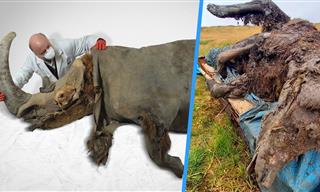 22:54
22:54
5 Exotic Ancient Creatures That Were Found Frozen in Ice
Check out some really strange creatures that lived thousands of years ago and have been recently discovered frozen in ice.
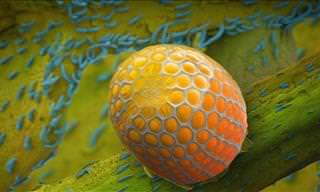 7:24
7:24
Must Watch: The Invisible Miracles of Nature
This filmmaker takes you on an in-depth journey of the incredible expansive universes present in our universe.


